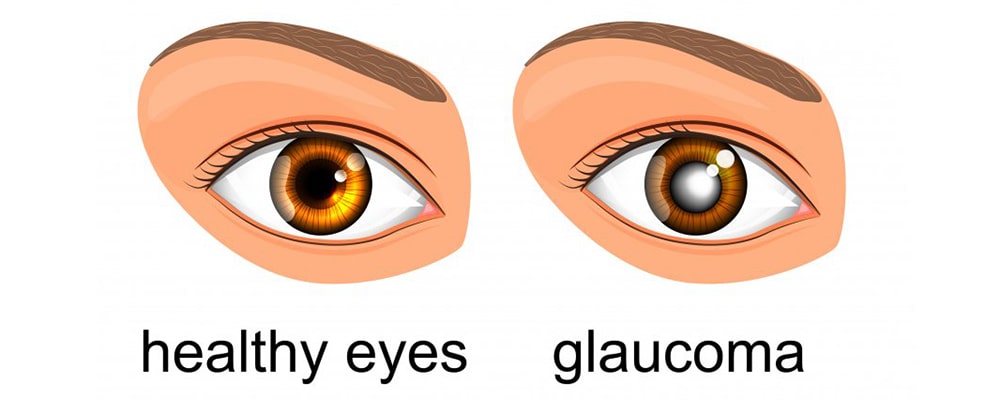
Glaucoma symptoms and treatment method
Glaucoma is an eye disease in which the eye fluid pressure increases and it can harm your optic nerve (it sends information to the brain). If you do not treat this disease it may cause vision loss or blindness.
In the front part of our eyes, there is anterior chamber. In this tissue a kind of fluid is flowing. This liquid feeds the other tissues. Glaucoma causes the fluid to exit the patient’s eye very slowly, so the eye starts to make more of this fluid and it results high fluid pressure inside the eye (also known as ocular hypertension). In most cases both eyes of the patient are affected, but maybe one eye is worse than another. In the first phase of this eye disease there may be no indications so it’s dangerous and that’s why they call it as the silent thief of vision. But when you feel the problems with your vision, it causes an immutable losing of sight.
This eye trouble is one of the common eye diseases among the adults. If you have thyroid, the risk of this disease is higher for you.
Different types
There are two major types of it: open angle glaucoma and closed angle glaucoma. The term “angle” refers to the draining angle of eye which affects the out coming liquid. If that clear liquid can reach the draining angle so the type of it is open angle. This type improves very slowly and you may not notice the indications. If the fluid cannot approach the draining angle it is closed angle type. This kind may happen suddenly and it is followed by fast vision loss and pain.
There are also some other types of this eye trouble, like low tension glaucoma and pigmentary glaucoma. In the first one, the eye pressure is at a normal stage but it can be caused by decreased blood flow to the optic nerve.
Its treatment is a combination of medications and surgery. One treatment method is using an Ahmed Valve.
What is Ahmed Valve?
There is a surgery method in which a drainage device, called Ahmed Valve (Ahmed Glaucoma Valve), will be located inside the eye. Ahmed valve is like a computer mouse with a tube. The mouse shaped part will be placed on the surface of the eye and under the conjunctiva. The tube part will be located in the front of the eye.
The valve can limit the eye fluid flow and control the eye pressure.
Symptoms and indications
As we mentioned before, usually it occurs with no symptoms until the patient experiences a significant vision loss. For the closed angle type there are some symptoms such as:
- Red eyes
- Patient may experience nausea and vomiting
- You may have sight problems suddenly in low light
- Eye pain and generally intense
- Blurry vision
- Patient may see halos around light sources
And for the open angle type:
- In some cases the patient may experience tunnel vision (a faulty vision that the person cannot see properly in the case that the object is not in the center of the view field)
- Loss of peripheral sight
Complications and risks
As every other surgery, this operation has some risks too. It can cause cataracts for the patient later. We mention some other common risks below:
- Eye bleeding
- Eye swelling
- Scarring
- It can cause eye pain and redness
- Vision loss
- Increasing or decreasing of eye pressure
- Patient may experience eye infection
We should also note that the its surgery is usually successful to slow down its progressing and solve the eye pressure problem.
- Red eyes
- sight problems suddenly in low light
- Eye pain and generally intense
- Blurry vision
- halo in your vision



Reviews
Number of pending reviews15223